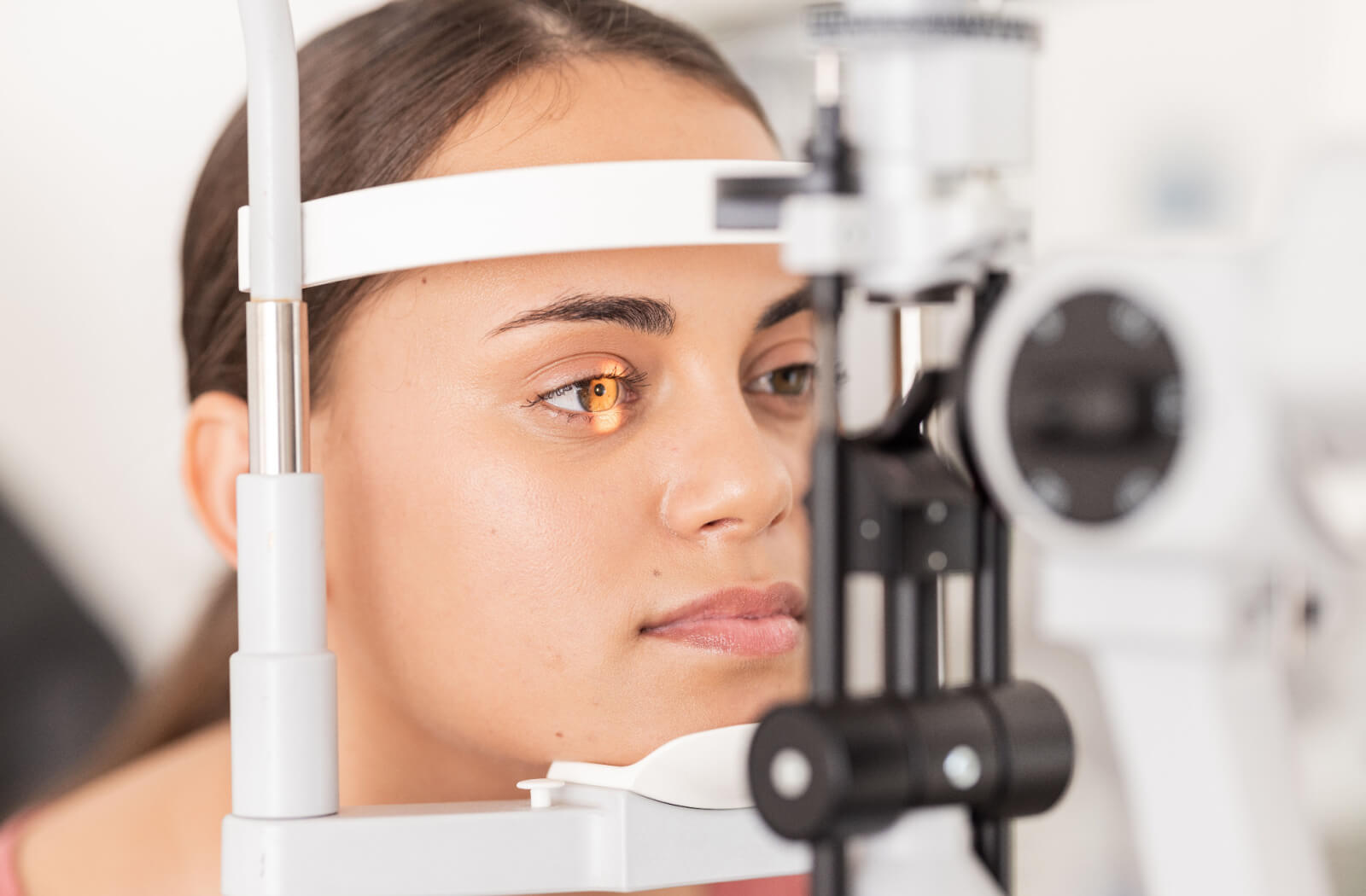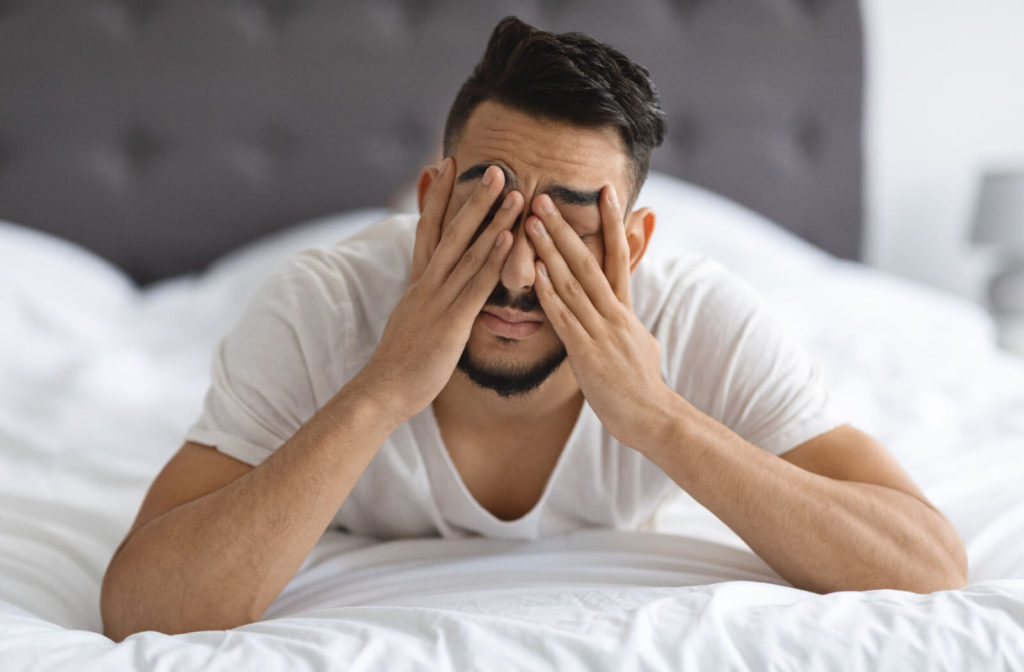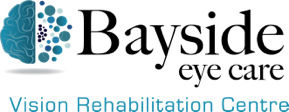Waking up to a new day should be a refreshing experience, but for some of us, it’s anything but. Imagine rubbing the sleep from your eyes only to find them dry, scratchy, and uncomfortable. So you’re probably asking yourself, “Why does this happen? Why do I keep waking up with dry eyes?”
Dry eye disease is extremely common. When you wake up with dry eyes, it’s often caused by your sleeping environment being too dry. But this condition can also be caused by some medications, a problem with your tear production, and even a medical condition called nocturnal lagophthalmos where your eyes don’t close completely while you sleep.
This makes it crucial to seek a proper diagnosis from your optometrist so you can begin treating your dry eyes appropriately!
What Is Dry Eye Disease?
Have you ever noticed that sometimes your eyes are burning? Like they’re dried out, gritty, and irritated? This is a classic sign of dry eye disease.
It’s an extremely common eye condition, and millions of people around the world deal with this every day. It isn’t just irritating—it can begin to cause blurry vision and watery eyes, making your day-to-day life much harder than it has to be.
When your eyes are dry for too long, they’re vulnerable and exposed to the air. It’s like they’re constantly being irritated and inflamed by everything. You might develop red eyes, blurry vision, and notice feelings of eye strain—all common signs of dry eye disease.
What Causes Dry Eye Disease?
Dry eye disease often starts with the tear film. Your tears are spread across the surface of your eye every time you blink, and when they’re doing their job properly, they keep the eye protected and hydrated.
There’s a layer of oils on the outside of the tears that prevent them from evaporating too quickly. These oils are made in the meibomian glands, but these glands can sometimes become blocked or slowed in some way. This is called “meibomian gland dysfunction” and is a leading cause of dry eye disease. Your tear fluid doesn’t contain the oil it needs to be protected, and starts to evaporate too quickly.
But it isn’t always this dysfunction that causes dry eye disease to develop. This condition can often just be caused by a dusty, dry, or windy environment, as the eyes need to work harder to produce enough tears to be properly protected.
It can also be caused by:
- Medical conditions that affect the eyes, like diabetes, Sjogren’s syndrome, and many thyroid disorders
- The aging process, as the eye starts to produce fewer tears over time
- Certain medications such as antihistamines, decongestants, hormone replacement therapy, and certain blood pressure medicines
- A recent surgery or trauma to the eye
This can make it difficult to determine what’s causing your dry eye disease without a proper diagnosis. There are several possible causes, so if you’re repeatedly experiencing this condition, consider visiting your optometrist.
Why Do I Have Dry Eye in the Morning?
If you’ve noticed you’re often waking up with dry eyes, there’s a good chance that your environment is the culprit. It can help to take a look around your bedroom and see if there’s anything that could be drying out the air. Maybe you sleep with a fan on, or the humidity in the room is low?
If it isn’t the environment, it could simply be the quality of sleep you’re getting. If you aren’t getting enough sleep, or the sleep you get is constantly interrupted, your body might not have enough time at night to regenerate and recuperate.
There’s also a condition called “nocturnal lagophthalmos” that could be behind your dry eyes. This is a condition—one that’s more common than you may think—where your eyes don’t fully close when you sleep. So while you’re resting, they’re still exposed to the air and drying out.
Is Dry Eye Treatable?
Fortunately, there is a piece of good news. Dry eye disease is highly treatable—but you’ll need to visit your optometrist first for a proper diagnosis. They’ll be able to pinpoint what’s causing your symptoms and give you advice for treating the condition.
They’ll likely start with recommending some minor adjustments to your life. It can help to:
- Avoid environments that are excessively dry or windy whenever possible
- Use eye drops for temporary relief
- Stay hydrated
Don’t forget to make some adjustments to your sleeping environment! If it’s too dry, think about getting a humidifier, and point the fan away from your head when you’re sleeping.

In-Office Treatment for Dry Eyes
If your optometrist thinks those changes won’t be enough, they’ll likely recommend in-office treatment. These treatments aim to stimulate the area around your eyes and promote circulation to help your natural tear production function properly.
Here at Bayside Eye Care, we use:
- Intense Pulse Light, or IPL, therapy, where special waves of light are used to stimulate the meibomian gland and help it resume natural oil production
- TempSure, which uses radiofrequency to unblock blocked glands and stimulate the area
- LipiFlow, which helps clear blockages in your meibomian glands using a combination of heat and gentle massaging
The best news? These treatments are painless, non-invasive, and take only minutes to complete.
Get Help for Your Dry Eyes
Dry eye disease doesn’t have to ruin your mornings. With the right care and treatment, you can wake up to comfortable, hydrated eyes once again. Don’t let dry eye symptoms hold you back—request an appointment with our team at Bayside Eye Care today!



